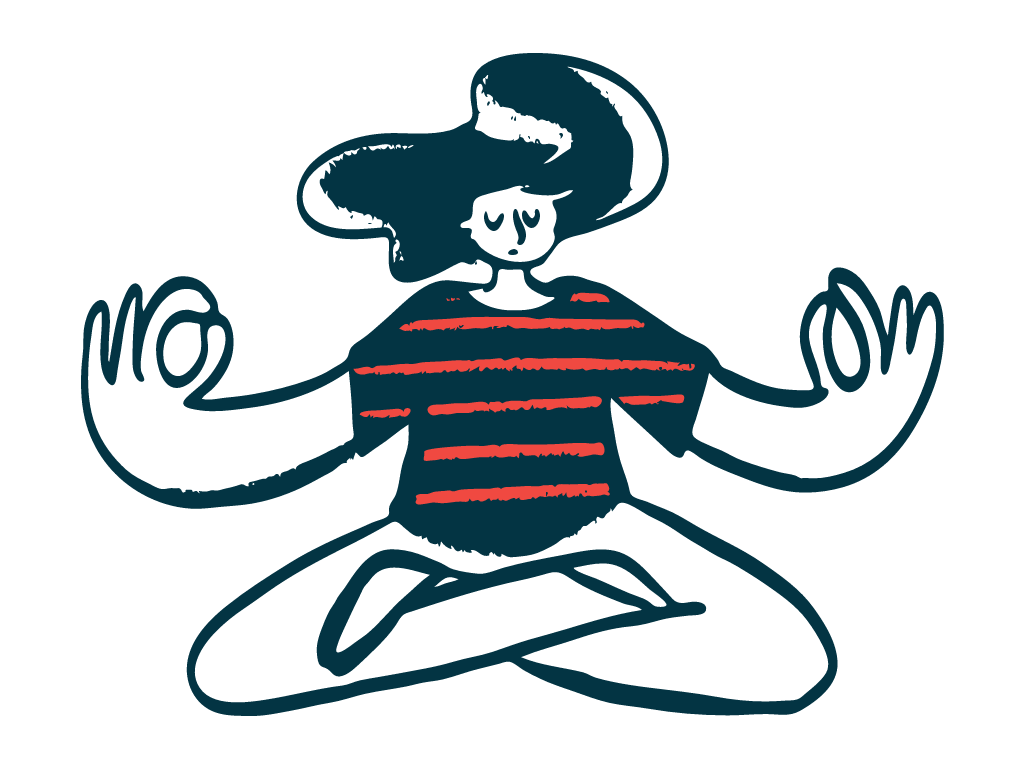Daily meditation with the help of a headband that tracks brain activity and acts as a personal meditation coach may help people with Cushing’s syndrome experience less pain and a better experience while recovering from surgery.
This is according to a new study presented at the Endocrine Society Annual Meeting (ENDO 2024) in Boston.The impact of a wearable brain-sensing meditation device on quality of life in patients recovering from hypercortisolism after surgical intervention: a prospective longitudinal cohort study. “
Cushing’s disease is a condition in which a tumor in the pituitary gland in the brain causes an overproduction of the stress hormone cortisol. Surgery to remove the tumor cures the disease, but patients usually experience a sudden drop in cortisol levels, which can cause fatigue, muscle pain, and mood swings. This is known as glucocorticoid withdrawal syndrome (GWS). Glucocorticoids are a type of hormone that includes cortisol.
“Limited interventions have been investigated to alleviate symptoms of GWS and improve patients’ quality of life,” the researchers wrote, adding that meditation has been found to “improve postoperative recovery in patients with other medical conditions and represents a promising intervention for GWS.”

Daily meditation with a headband
There, researchers studied whether meditation, using a special headband that tracks brain activity, could help patients with Cushing’s disease or other endogenous Cushing’s syndrome recover after surgery — any form of medical condition in which high cortisol is produced by a problem in the body, such as the presence of a tumor.
“Little is known about interventions to help patients with glucocorticoid withdrawal syndrome, but our group is the first to study meditation to enhance recovery after surgery,” Mayo Clinic researcher Jasmine Saini said in a press release.
The study included 27 patients who were given the MUSE-2 headband, a commercially available, portable device that helps guide meditation, and were instructed to meditate for at least 10 minutes a day for the first 12 weeks after surgery. Their results were compared to those of 81 other patients with similar demographic and clinical characteristics but who did not use the headband after surgery.
The quality of life of both groups was assessed with a standardized test called the 36-item Short Form Health Survey (SF-36).
Patients who meditated using the headband showed significant improvements in SF-36 domains related to physical functioning and bodily pain. Neither group showed significant improvements in SF-36 domains related to mental and emotional health.
“The use of a wearable device for meditation was associated with improved quality of life in patients recovering from hypercortisolism. [high cortisol levels]”Particularly in the areas of physical pain and physical function,” the researchers wrote, and although further research is needed, they said the results indicate that daily meditation guided by a device like the MUSE-2 headband may aid post-operative recovery in patients with Cushing’s syndrome.
“Despite the small sample size and short follow-up period, the results showing improvements in bodily pain and physical function domains in the MUSE cohort are promising,” Saini said. “We hope to study the impact of biofeedback meditation on quality of life with longer follow-up. Preliminary results give us hope that this device could be used to alleviate glucocorticoid withdrawal symptoms.”

